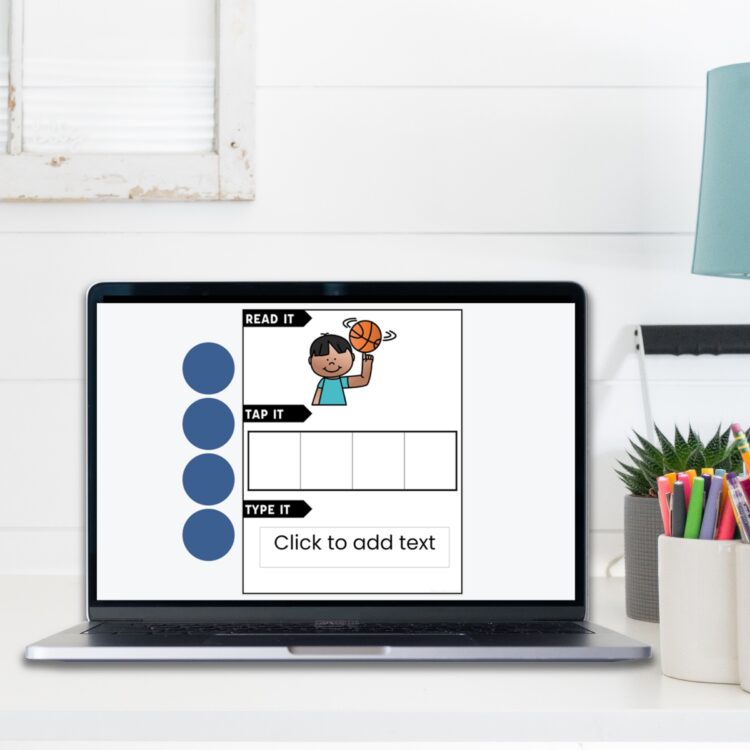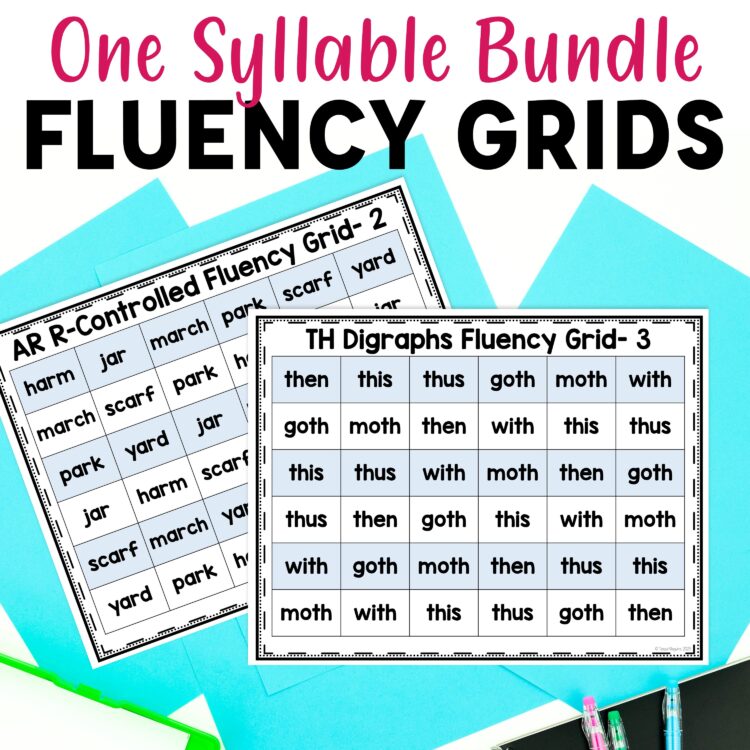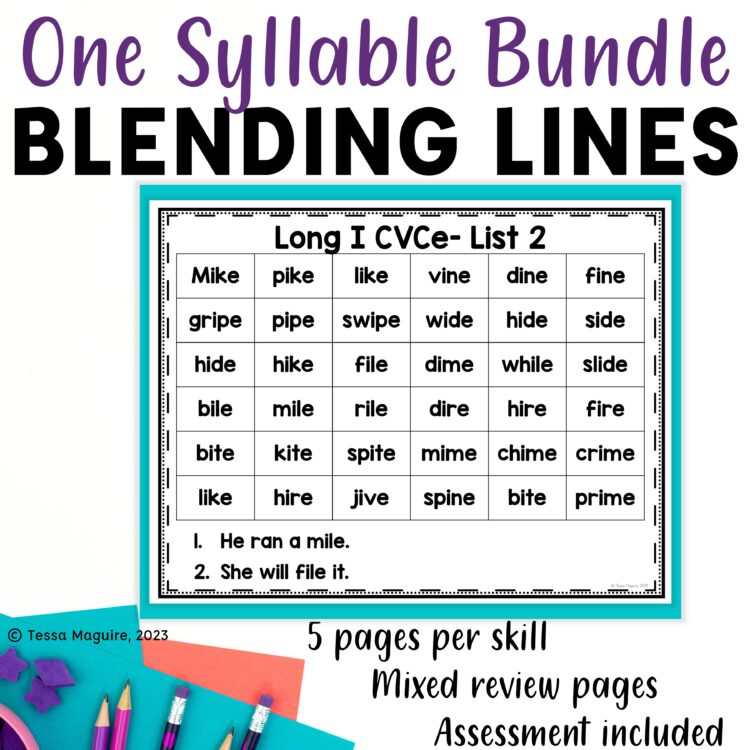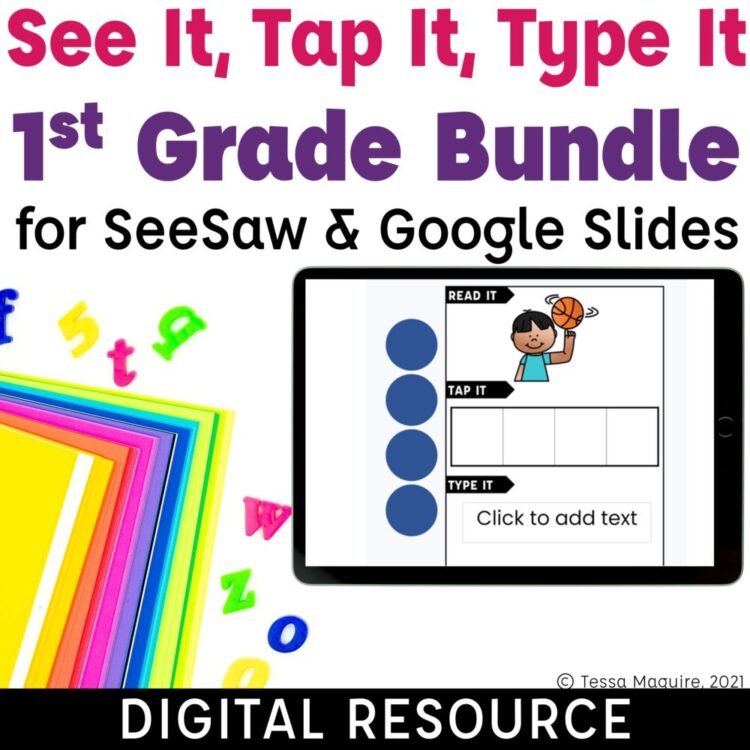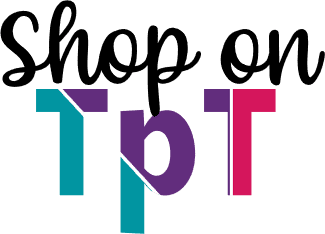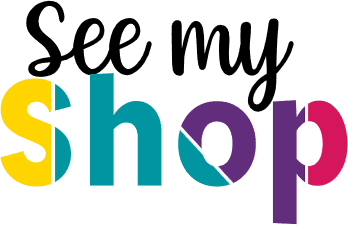© 2024 Tales from Outside the Classroom ● All Rights Reserved
What is Orthographic Mapping? Getting Started with SoR
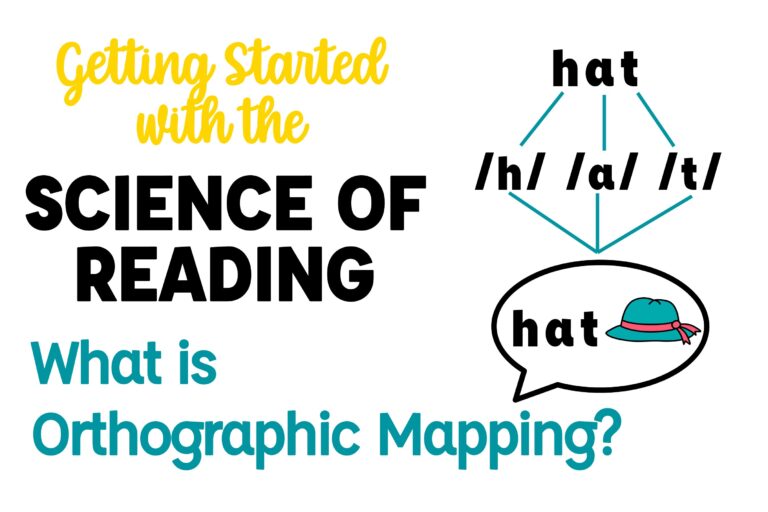
How are we able to instantly recognize words? We can recognize them whether they’re in uppercase, lowercase, or even mixed case. We’re also able to recognize them in a wide variety of fonts, even cursive script. We are able to recognize them, not because we’ve stored pictures of them in our minds, but because we are good at two things: decoding and orthographic mapping. Orthographic mapping is the process our brains do naturally to store words for later instant retrieval.
Orthographic mapping is a term I often see confused so it’s one I want to tackle next in my Getting Started with the Science of Reading series. The originator of orthographic mapping is Dr. Linnea Ehri, who also brought to us her phases for reading development. However, David Kilpatrick was able to make the term more mainstream thanks to his books The Essentials of Assessing, Preventing, and Overcoming Reading Difficulties and Equipped for Reading Success. (Note: Both links are Amazon affiliate links where I earn a small portion from your purchase at no extra cost to you.)
What is Orthographic Mapping?
Orthographic mapping is a mental process that helps readers learn to recognize words by sight, to spell words from memory, and learn new vocabulary words from text. It involves connecting the spelling of a word to its pronunciation and meaning. This is important for fluent reading because it allows readers to quickly identify words without having to decode them each time. These words, those that are have been orthographically mapped, are called sight words. I will explain this in further detail in a future post. This leaves our cognitive efforts to focus on making meaning, rather than on decoding. Here’s how the experts define it:
Orthographic mapping is the process readers use to store written words for immediate, effortless retrieval. It is a means by which readers turn unfamiliar written words into familiar, instantaneously accessible sight words. – Kilpatrick, 2015
Orthographic mapping involves the formation of letter-sound connections to bond the spellings, pronunciations, and meanings of specific words in memory. It explains how children learn to read words by sight, to spell words from memory, and to acquire vocabulary words from print. – Linnea Ehri
Research suggests that we scan every single letter of every word we read. Our brain uses what we know about letter-sound relationships and speech sounds to map patterns of letters and words together as units. These units are then stored in our long-term memory for later retrieval.
How is orthographic mapping built?
Orthographic mapping is not a conscious act. Nor is it something you do with students. It happens naturally after repeated exposures to a phonogram or a word. Think of some of those words that even some of our youngest students are able to quickly identify: mom, cat, dog, dad, etc. These words are common and present in many early texts. They’re words we use in shared reading and writing. They’re decodable and they’re high-frequency, so students have many interactions with them. At first, they need to be segmented and blended. But because students interact with these words so frequently, and are able to connect them to what they already know, they’re often learned quickly.
To be able to do orthographic mapping, you must have letter-sound proficiency and phonemic proficiency. You have to be able to connect phonemes to graphemes. Therefore, we have to teach phoneme-grapheme correspondences – systematically. In order for the word to truly be mapped, students also must understand the word and its meaning. It’s this connection of sounds to print to meaning that maps the words into our brains.
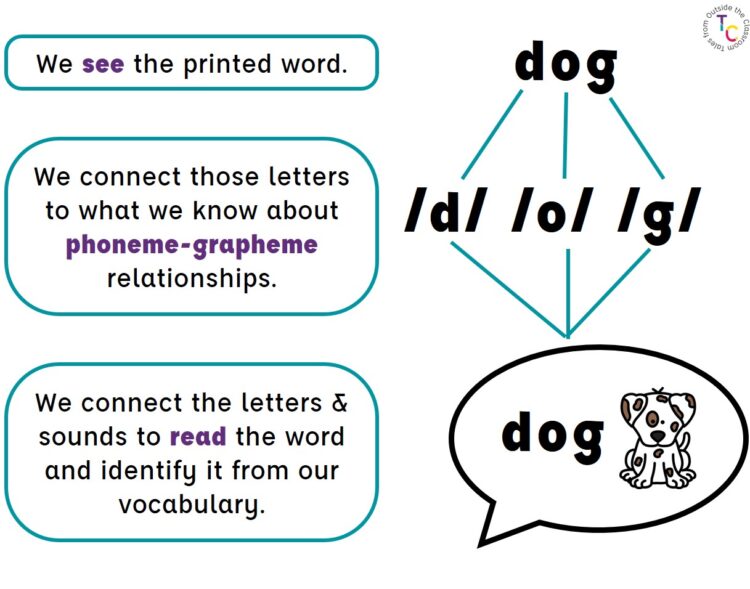
When children are first learning to read, they start by sounding out each individual sound. Over time, as both their phonics and phonemic awareness skills develop in the partial alphabetic phase, they begin to recognize patterns in the words they are reading. As students develop throughout the full alphabetic phase, they begin to build their sight word vocabulary through orthographically mapping words.
What is Word Mapping?
Word mapping is an explicit, multisensory instructional strategy that connects phonemes (sounds) and graphemes (letters & letter combinations). It promotes orthographic mapping through the process of forming connections between letters and sounds. Students who have practiced reading and spelling words through word mapping retain the new words by sight – sometimes in as few as four interactions with the word.
Her findings indicate that readers learn sight words by forming connections between graphemes in the spellings and phonemes underlying the pronunciations of individual words. The connections are formed out of readers’ general knowledge of grapheme–phoneme correspondences that recur in many words. -Ehri & McCormick
Word mapping uses lines or boxes to represent the number of sounds in the words and to use as a placeholder for graphemes. It is a powerful tool within your phonics lessons as you explicitly teaching phonics skills. I have several products that utilize word mapping to connect phonemic awareness & phonics. I share them all in my Building Phonemic Awareness through Phonics: Phoneme-Grapheme Activities post.
The following are the steps involved in word mapping:
- Word identification: The student is given a word orally. A visual picture may be helpful if the word is not known with certainty.
- Phoneme segmentation: The student orally segments a word into its individual sounds.
- Physical representation: By using lines, sound boxes, or manipulatives, the number of sounds is represented concretely. I prefer to use sound boxes and then use a counter to place in each box.
- Mapping: The student writes the letter(s) that represents each sound into the corresponding boxes. This process of connecting the visual representation of the sound (box or manipulative) and the letter(s) is called mapping. If the word is irregularly, or is a high frequency word that has a regular spelling that is not yet known, identify the irregularity and explain it explicitly.
- Consolidation: The word is reread orally while being looked at. This helps to solidify the word for later retrieval.

Want More on SoR?
Want to keep up as I explore key components of the Science of Reading? Get each post in the series your email by signing up below. First is my Introduction to the Science of Reading. After establishing some big picture ideas based on the science, I dive into Scarborough’s Rope. My next posts in the series are going to continue take a deeper dive into the bottom strands of the reading rope- focusing on word recognition and decoding.
Send me the SOR series!
Signup for to receive each installment in my Introduction to the Science of Reading series.
Thank you!
You have successfully joined our subscriber list. Please check your email for the confirmation email. Check your spam folder for Tales from Outside the Classroom if you don’t see it.
For further learning on orthographic mapping:
Development of Sight Word Reading: Phases and Findings by Dr. Linnea Ehri
Phases of Word Learning: Implications for Instruction with Delayed and Disabled Readers by Ehri & McCormick
Sight Words & Orthographic Mapping on Reading Rockets
Phoneme-Grapheme Mapping demonstration video by Literacy How
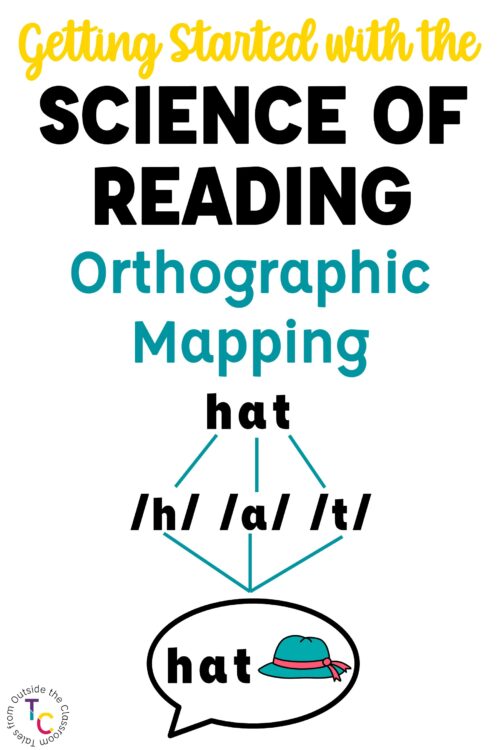
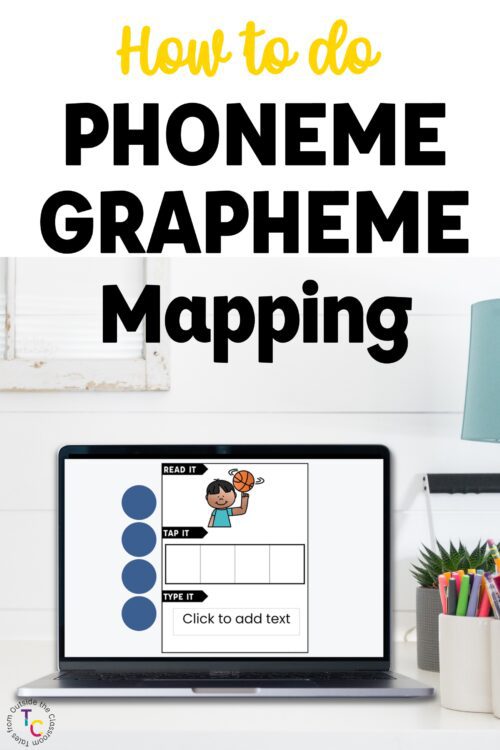
Newsletter Sign Up
Signup for my weekly-ish newsletter. I send out exclusive freebies, tips and strategies for your classroom, and more!
Please Read!
You have successfully joined our subscriber list. Please look in your e-mail and spam folder for Tales from Outside the Classroom. Often, the confirmation email gets overlooked and you're night signed up until you confirm!

Hi! I’m Tessa!
I’ve spent the last 15 years teaching in 1st, 2nd, and 3rd grades, and working beside elementary classrooms as an instructional coach and resource support. I’m passionate about math, literacy, and finding ways to make teachers’ days easier. I share from my experiences both in and out of the elementary classroom. Read more About Me.









